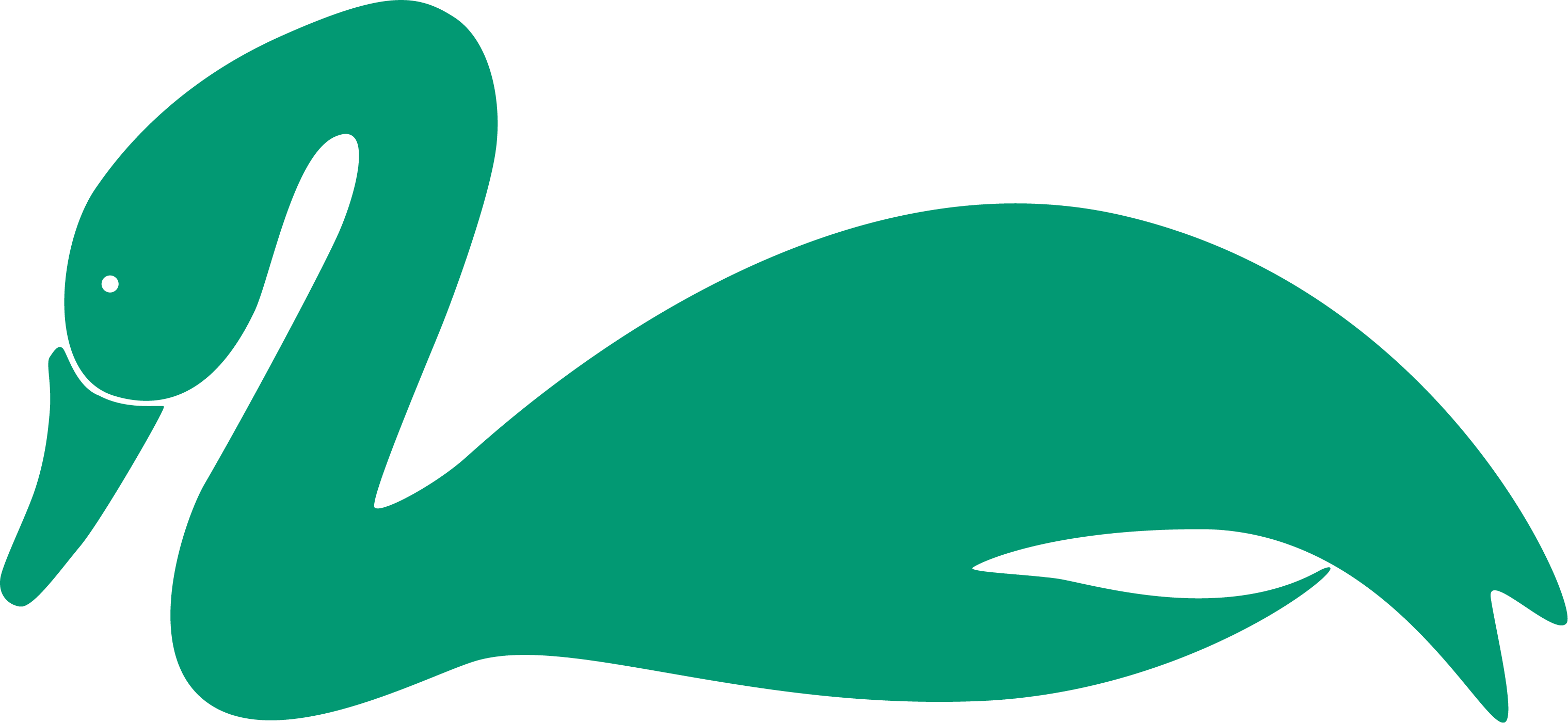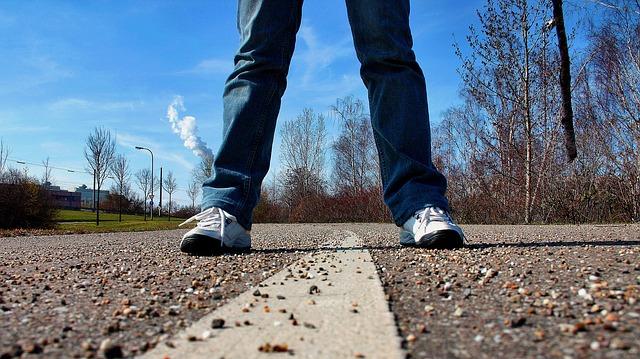Posts Tagged ‘new jersey’
Flexion-Based Intolerance in Westwood
Flexion-based movement is the most common source of back pain in our culture
We spend so much time in bad posture- at our desks, on our couches, hunched over our phones; we spend less time than ever moving, whether purposefully or not, which is a key way to alleviate pressure from your spine. Your spine is essentially given a lifelong allowance on how much flexion it can take- that is, time spent in a bent over position; unfortunately, we are seeing more people than ever using up their allowance before they even turn 30!
Conditions related to flexion-based back pain include:
- Disc herniation
- Spinal stenosis
- Degenerative disc disease
- Back pain
Sports Injuries
Traumatic injuries account for most injuries in contact sports such as ice hockey, association football, rugby league, rugby union, Australian rules football, Gaelic football and American football because of the dynamic and high collision nature of these sports. Collisions with the ground, objects, and other players are common, and unexpected dynamic forces on limbs and joints can cause injury.
Traumatic injuries can include:
- Contusion or bruise – damage to small blood vessels which causes bleeding within the tissues.
- Strain – trauma to a muscle due to overstreching and tearing of muscle fibers
- Sprain – an injury in a joint, caused by the ligament being stretched beyond its own capacity
- Wound – abrasion or puncture of the skin
- Bone fracture
- Head injury
- Spinal cord injury
In sports medicine, a catastrophic injury is defined as severe trauma to the human head, spine, or brain.
Concussions amongst athletes became a major issue in the United States in the 2000s. Studies showed evidence connecting repeat concussions with chronic traumatic encephalopathy and increased suicide risk.
Overuse and repetitive stress injury problems associated with sports include:
- Runner’s knee
- Tennis elbow
- Tendinosis
Some activities have particular risks:
- Bicycle safety
- Gun safety
- Boating accidents
- Skateboarding
Adjustments
Spinal adjustment, according to authors Meeker and Halderman, is the one core clinical method that all chiropractors agree upon.
Chiropractic adjustment can only be applied to joints in the spine and correction of misalignment or subluxation that may occur in that area. 95 percent of all spinal adjustments in the world are performed by chiropractors. Chiropractic adjustment frees the vertebrae to adjust to a natural position. The natural state of the body knows how to correct itself once it is free to do so with the help of chiropractic adjustment.
Chiropractic adjustments can help in treating a person to prevent future conditions such as:
- Arthritis
- Bursitis
- Carpal tunnel syndrome and other repetitive strain disorders
- Chronic muscle pain and stiffness
- Headaches
- Most musculoskeletal and sports-related injuries
- Nerve disorders
- Pain and stiffness in the back, chest, abdomen, neck, hips and shoulders, as well as extremities, such as arms, legs, and feet
- Sciatica pain
- Scoliosis
- Tendonitis
- Whiplash and other traumatic injuries
Some common adjustment methods include:
- Toggle Drop: This is when the chiropractor, using crossed hands, presses down firmly on a particular area of the spine. Then, with a quick and precise thrust, the chiropractor adjusts the spine. This is done to improve mobility in the vertebral joints.
- Lumbar Roll (aka side posture): The chiropractor positions the patient on his or her side, then applies a quick and precise manipulative thrust to the misaligned vertebra, returning it to its proper position.
- Release Work: The chiropractor applies gentle pressure using his or her fingertips to separate the vertebrae.
- Table adjustments: The patient lies on a special table with sections that drop down. The chiropractor applies a quick thrust at the same time the section drops. The dropping of the table allows for a lighter adjustment without the twisting positions that can accompany other techniques.
- Instrument adjustments: Often the gentlest methods of adjusting the spine. The patient lies on the table face down while the chiropractor uses a spring-loaded activator instrument to perform the adjustment. This technique is often used to perform adjustments on animals as well.
- Manipulation under anesthesia (MUA): This is performed by a chiropractor certified in this technique in a hospital outpatient setting when the patient is unresponsive to traditional adjustments. Chiropractors take many factors—including size, weight, and muscle structure—into consideration when deciding on which adjustment to make. Sometimes, ice, electrical stimulation, or massage therapy (including traction massage) are used prior to a spinal manipulation in order to relax the muscles.
Patients with chronic pain may require anesthesia during their treatment. This procedure is safe and only reserved for patients with special circumstances. Chiropractors also use conventional diagnostic tests such as MRIs, X-Rays, and lab work to provide treatment. In this sentence the word provide should be determine treatment.
Craniosacral therapy (CST) is a form of bodywork that is focused primarily on the concept of primary respiration and regulating the flow of cerebrospinal fluid by using therapeutic touch to manipulate the synarthrodial joints of the cranium. This procedure is proven to often relieve symptoms of stress and tension.
The following are observed benefits from chiropractic adjustments:
- Increased blood flow
- Increased body secretion of melatonin and endorphins
- Increased pain tolerance levels
- Increased range of motion
- Reduced blood pressure
- Reduced tension
- Reduced muscle pain
Popping sounds heard during a chiropractic adjustments are usually caused by pockets of air being released from behind the joints. Mild aching or soreness may be present after a chiropractic visit, but is typically gone shortly after and easily relieved with the application of ice or heat.
Whiplash
Describing a range of injuries to the neck caused by or related to a sudden distortion of the neck. Cervical acceleration-deceleration” (CAD) describes the mechanism of the injury, while the term “whiplash associated disorders” (WAD) describes the injury and symptoms.
Anatomy
There are four phases that occur during “whiplash”:
- Initial position (before the collision)
- Retraction
- Extension
- Rebound
In the initial position there is no force on the neck due to inertia keeping it stable. Anterior longitudinal ligament injuries in whiplash may lead to cervical instability. They explain that during the retraction phase that is when the actual “whiplash” occurs, since there is an unusual loading of soft tissues. The next phase is the extension, the whole neck and head switches to extension, and it is stopped or limited by the head restraint. The rebound phase transpires as a result of the phases that are mentioned.
During the refraction phase the spine forms an S-Shaped curve, which is caused by the flexion in the upper planes and hyperextension at the lower planes. This exceeds their physiological limits and is the phase where injuries occur to the lower cervical vertebrae. At the extension phase all cervical vertebrae and the head are fully extended, but do not surpass their physiological limits. Most of the injuries happen in C-5 and C-6.
Symptoms
Symptoms reported by sufferers include: pain and aching to the neck and back, referred pain to the shoulders, sensory disturbance (such as pins and needles) to the arms and legs, and headaches. Symptoms can appear directly after the injury, but often are not felt until days afterwards. Whiplash is usually confined to the spine. The most common areas of the spine affected by whiplash are the neck and middle of the spine. “Neck” pain is very common between the shoulder and the neck.
Back Pain
Back injuries can develop due to a numerous amount of different factors and circumstances. Some people are more likely to develop back pain than others. Something as simple as twisting the wrong way in bed can cause misalignment of the vertebrae while others may sustain back injuries while working, at home, or from an automotive accident or other traumatic event. Relief from back pain is one of the most common reasons why people seek chiropractic care.
While lower back injuries are the most common, pain in the thoracic pain (middle of the spine) and cervical pain (neck region) of the spinal cord also often occurs. These injuries affect the vertebrae, discs, soft tissues, muscles, and joints of your body. Other parts of your entire body can be affected due to these injuries.
Muscle strain often contributes to lower back pain. The erector spinae, which help keep the spine erect, can become enflamed and spasm. Discs that are not in their proper place due to malformation can cause damage to surrounding discs, joints, nerves, muscles, ligaments, and tendons.
Herniated or degenerative discs are often a cause for upper back pain. Typically rest, ice/heat packs, over-the-counter inflammatory medicine, and pain medicine such as aspirin treat back pain until the muscles are able to return to their lower positions. However, if pain persists after more than a couple weeks, the back may begin to atrophy and become significantly weak. This can leave you open to further injury.
Most cases of back pain are mechanical, meaning they are typically not caused by any serious conditions.
Back pain is experienced by 31 million Americans at any given time and the single leading cause of disability worldwide. According to the US Department of Labor, workers in the health care industry sustain back injury more than any other profession. The number-one reported injury in health care is patient handling. 40 to 50 percent of nurses sustain back injury. Workplace injuries cost a total of nearly $50,000 per injury on average for medical treatment and indemnity cost.
Headaches/Migraines
Nearly 15% of people who make chiropractic visits do so because they suffer from migraines and chronic headaches. During a given year, 90% of people suffer from headaches. Only 1% of headaches seen in the ER have any serious underlying problem. Most reported headaches are caused by tension. Pain can range from mild throbbing pain to unrelenting agony. There are many different sources for headaches, some of which include: stress, overexposure to bright lights, fluctuation in blood sugar, and overexertion in exercise.
Recent studies show that long-term chiropractic care can provide benefit to patients suffering from headaches and migraines greater than that of just using drug therapy. Chiropractic treatment has been shown to be especially effective in providing relief to patients suffering from headaches that originate in the neck or cervical area. According to a study conducted by Duke University in 2001, spinal manipulation provided by chiropractic treatment had excellent results providing patients with immense relief and left them less likely to experience side effects than if they had used medication.
What is Chiropractic?
Chiropractic Care
Chiropractic is a health care profession that focuses on treatment of disorders within the musculoskeletal and nervous systems. Muscular, nervous, and skeletal problems are among the symptoms treated by chiropractic care.
Chiropractors specialize in correcting spinal misalignment. These misalignments of the spine are called subluxations. Often chiropractors manipulate the spine and various parts of the body by hand using specific procedures. Chiropractors also use conventional diagnostic tests such as MRIs, X-Rays, and lab work to provide treatment for their patients. Chiropractic treatment may also include:
- Electrotherapy
- Ice/heat therapy
- Therapeutic exercise
- Therapeutic ultrasound
- Lifestyle counseling
- Massage therapy
- Nutritional counseling
- Physical rehabilitation
- Stress management
Neck Pain
Neck pain, although felt in the neck, can be caused by numerous other spinal problems. Neck pain may arise due to muscular tightness in both the neck and upper back, or pinching of the nerves emanating from the cervical vertebrae. Joint disruption in the neck creates pain, as does joint disruption in the upper back. Two thirds of the population will suffer from neck pain at some point in their lives.


